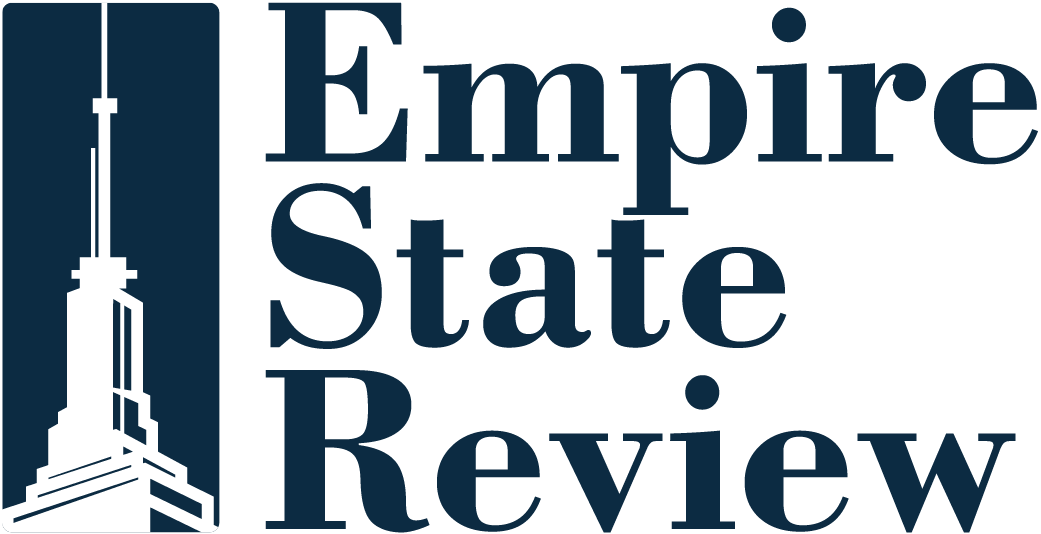Federal Reserve Maintains Interest Rates Amid Economic Uncertainty
In a recent announcement on May 7, 2025, Federal Reserve Chair Jerome Powell confirmed that the central bank will keep interest rates unchanged at 4.3%. This decision comes as the Fed continues to assess the implications of tariffs imposed by the Trump administration.
The Current Economic Landscape
This latest decision to hold the interest rate steady follows a series of cuts late last year. The Fed’s move reflects a cautious approach as it seeks to evaluate the ongoing effects of trade tariffs on economic indicators such as consumer prices and overall economic health.
- Current interest rate: 4.3% (held steady for three consecutive meetings).
- Prior cuts: Three consecutive reductions at the end of 2024.
Impact of Tariffs
Tariffs are known to cause a one-time spike in prices rather than sustained inflation. Nonetheless, Powell indicated a growing risk of increased inflation and unemployment, stating, “Despite heightened uncertainty, the economy is still in a solid position.” This acknowledges the challenges posed by rising costs linked to consumer goods.
Conflicting Perspectives
While the White House has advocated for lowering interest rates to support growth, Powell emphasized the need for caution, citing that inflation remains close to the Fed’s target of 2%. The Fed’s careful stance comes amid fears that further tariffs could exacerbate inflationary pressures.
Looking Ahead
The Federal Reserve is set to reconvene for a scheduled meeting on June 17-18, where it will continue to consider the economic implications of trade policies. Economists suggest two potential scenarios:
- If economic uncertainty leads to a slowdown, the Fed might opt for rate cuts to stimulate growth.
- Conversely, if tariffs lead to noticeable price increases, the Fed could be compelled to raise rates to combat inflation.
Conclusion
The Federal Reserve’s current interest rate strategy highlights its balancing act between fostering economic growth and managing inflation risks. As this scenario unfolds, stakeholders are keenly observing how tariffs will impact the broader economic landscape and consumer sentiment.

